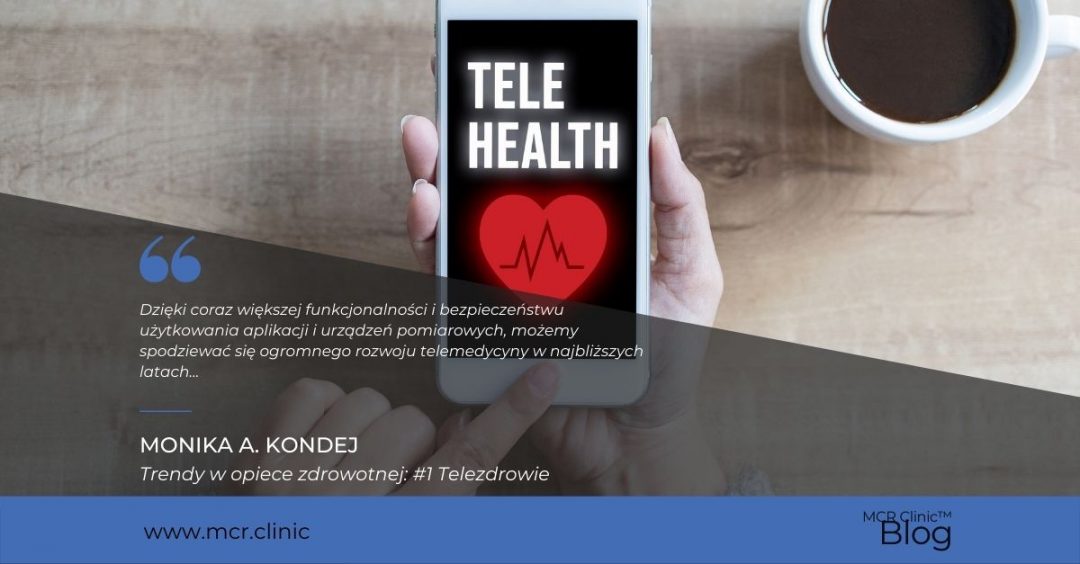Virtual Reality devices bring new possibilities to clinical research: from helping patients manage pain to providing key training for researchers.
VR for patients
Virtual reality eases labor pain
VR is used in assisting women through breathing and relaxation techniques in the early stages of labor. It can also be effective in treating people who have previously undergone traumatic births.
Virtual reality helps in stroke rehabilitation
Neuroscientist Tej Tadi founded MindMaze, a neurorehabilitation company that uses VR to reconnect parts of the brain and re-train body movements in stroke patients. Studies have shown that patients using the technology doubled their training intensity within the first 10 sessions. MindMotion Pro was approved by the FDA in 2017 and has since helped more than 1,300 patients.*
VR for researchers and doctors
It’s not just patients who stand to gain a lot from VR – researchers do, too. First and foremost, the technology allows them to incorporate realistic simulations so they can better understand best practices and techniques for treating patients.
Virtual reality can improve diabetes care
Healthcare professionals in the UK are testing a VR system, learning how to deal with patients in diabetes emergencies by experiencing virtual simulations.
Virtual reality may be useful in kidney surgery
Patients undergoing partial nephrectomy have been shown to benefit from the use of VR equipment by surgeons. In a clinical trial involving 92 patients, conducted by researchers at Jama Network, 3D VR modeling in surgery reduced surgery time, blood loss and length of patient hospital stay.*
VR is a valuable addition to the use of digital tools in clinical research. Greater patient experience with VR-based treatment and more effectively trained researchers will certainly lead to large-scale development of virtual reality.
___
*source: https://www.anjusoftware.com/about/all-news/insights/virtual-reality





